What kind of cereal is made from rye and its beneficial properties
In European countries, rye products are officially recognized as healthy and dietary. They are rich in a wide range of minerals, amino acids, and nutrients. Rye bread has always been revered in Rus', and it is considered a traditional and staple food in Belarus, Ukraine, Estonia, Germany and many other countries.
In the article we will look at what kind of cereal is obtained from rye, what is prepared from it, its beneficial properties and possible harm.
Description of the cereal
Rye belongs to the cereal family. The wild ancestor of the crop is weedy field rye. Its more detailed characteristics are presented in the table.
|
Characteristic |
Description |
|---|---|
| Root system | Fibrous, penetrates to a depth of 1-2 m |
| Stem | 80–100 cm high, straight, hollow, consists of 5-6 internodes, pubescent under the spike. 4–8 shoots are formed on one plant |
| Leaves | Linear, 1.5–2.5 cm wide, up to 30 cm long, covered with hairs on the upper side |
| Inflorescence | Drooping complex spike 5-15 cm long, 0.7-1.2 cm wide |
| Fetus | An oblong grain with a groove in the center, yellowish to dark brown in color |
| Pollination type | Cross-pollen, pollen from one plant to another is carried by the wind |
Growing conditions
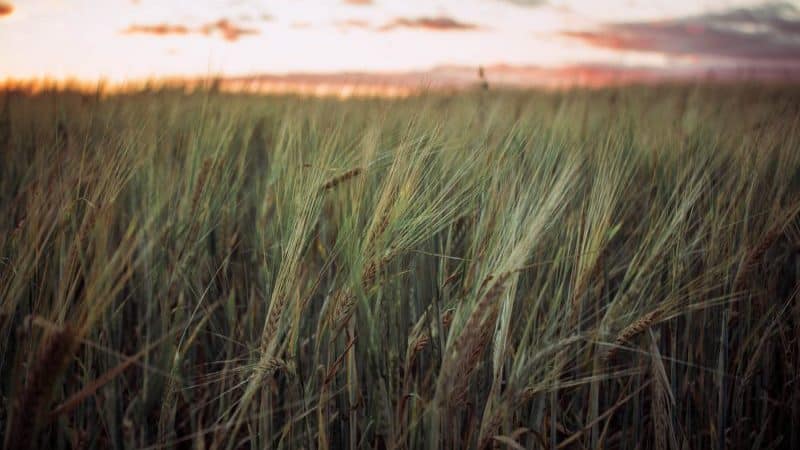
Rye is undemanding to soil quality. It produces crops on acidic and depleted soils, since the developed root system successfully absorbs nutrients from hard-to-reach compounds.
The culture is frost-resistant, sprouts appear at a temperature of 0.5–2°C.At the level of the tillering node (at a depth of 1.5–2 cm) it tolerates a decrease in temperature to 19–21°C.
Chemical composition, trace elements and benefits of rye
The grains contain vitamins A, PP, and group B. Regular consumption of rye products will help enrich the body with magnesium, calcium, sodium, phosphorus, potassium, iron, manganese, copper, and zinc.
Among the beneficial organic substances of rye are choline, beta-carotene, and amino acids.
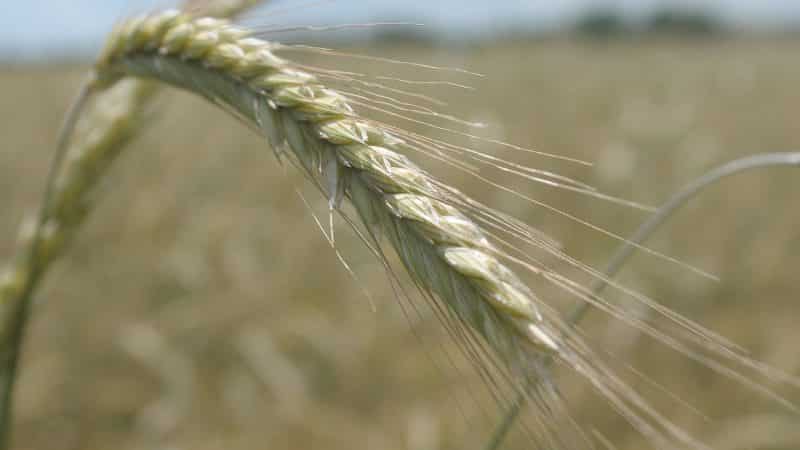
Contents per 100 g of edible part of grain:
- carbohydrates - 55.8 g;
- proteins - 9.9 g;
- fat - 2.2 g;
- energy value - 283 kcal.
Benefits of rye
Due to its low calorie content and rich vitamin and mineral composition, rye is considered a dietary and healthy food product. Regular consumption of rye products strengthens the immune system and normalizes the functioning of the gastrointestinal tract.
Choline contained in cereal reduces cholesterol levels in the blood. Fiber adsorbs and removes toxins from the body. Calcium (24 mg per 100 g of grain) strengthens bone tissue, teeth and nails. Potassium and magnesium improve the functioning of the cardiovascular system.
This is interesting. Research shows that people who regularly consume rye products are less likely to suffer from gallstones.
What kind of cereal is made from rye?
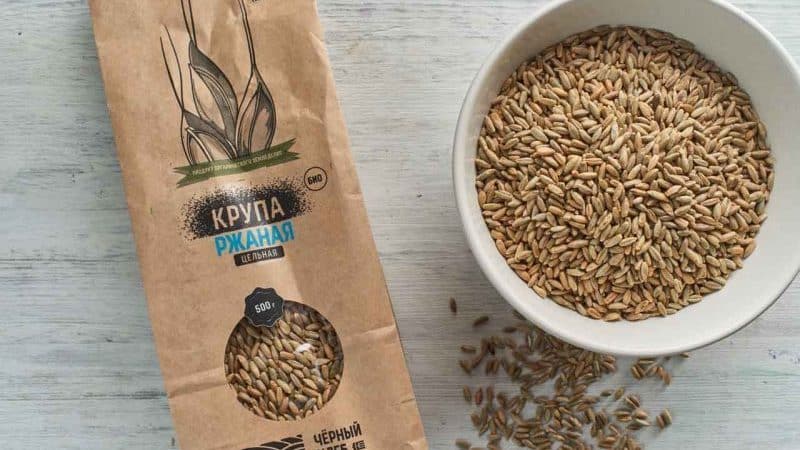
Rye cereal is made from whole grains. The sorted and cleared grains are crushed, then sifted through a sieve, separating too small and large particles. Depending on their size, a distinction is made between rye semolina and semolina (coarser grind). The chaff takes a little longer to cook, but it retains more nutrients.
The following rye grains are available on sale:
- Steamed. Treated briefly with steam under pressure. In this case, partial destruction of vitamins and beta-carotene occurs.The advantages of steamed cereal are reduced cooking time and a more crumbly consistency of the porridge.
- Unsteamed. It retains all the beneficial properties of whole grains, but it will take more time to prepare.
The benefits of rye cereal for the body
Rye cereal contains more fiber than whole wheat. Therefore, rye dishes quickly fill you up, which stimulates weight loss.
100 g of rye products contain up to half the daily requirement of iron. It is not for nothing that in Rus' rye porridge was given to people weakened by illness to quickly restore vitality. Antioxidants in this cereal slow down aging and maintain body tone.
What else can be obtained from rye?
The uses of rye are varied. It is made from flour, starch, valuable feed for farm animals and much more.
Flour
Flour mills produce three types of rye flour: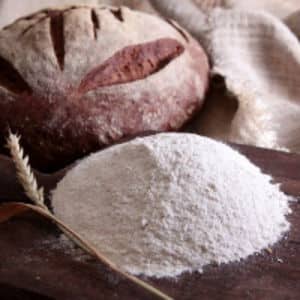
- Seeded - fine grinding followed by sifting. It is prayed from grains that have been peeled from the husk. It is the lightest of all types of rye flour, suitable for baking bread, gingerbread, and cookies.
- Rip off - produced from grain with the outer shells previously removed, but some of the cells around the embryo are preserved. The grinding is coarse, the product is not uniform in particle size, and contains little gluten, so it is mixed with wheat flour.
- Wallpaper - obtained from unprocessed grains. The grind is coarse, interspersed with bran, dark gray in color, and contains the largest amount of nutrients and dietary fiber.
Starch
Sugary products (molasses, glucose) are produced from rye starch. They replace sugar in soft drinks, canned food, and confectionery.
Alcohol
Rye is used for the industrial production of Alpha grade ethyl alcohol.
Bran
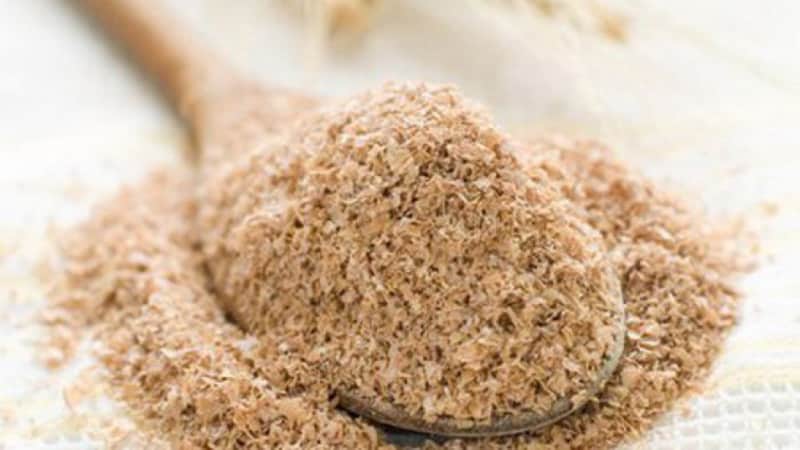
Bran is a waste product from flour milling, the hard shell of grains. They are used in livestock farming as nutritious feed for dairy cattle and young animals.
Rye dishes
What can you make from rye? Of course, porridge. They also bake flatbreads and make healthy tonic drinks.
Porridge
Rye porridge tastes like semolina. Contrary to popular belief, it has no sourness. It goes well with vegetables and mushrooms.
Prepare a dish from ground whole grains according to the following recipe:
- Rinse 100 g of rye cereal thoroughly.
- Pour into 200 ml of boiling salted water.
- Cook over high heat for 5–7 minutes.
- Then add 300 ml of milk and cook over low heat until tender, about 30 minutes.
- Season with butter or vegetable oil.
The dish contains a large amount of B vitamins and dietary fiber. It is useful to eat such porridge for diabetes and thyroid diseases.
This is interesting. In the old days, rye porridge was called zavaricha, salomat, or mash.
Flatbread
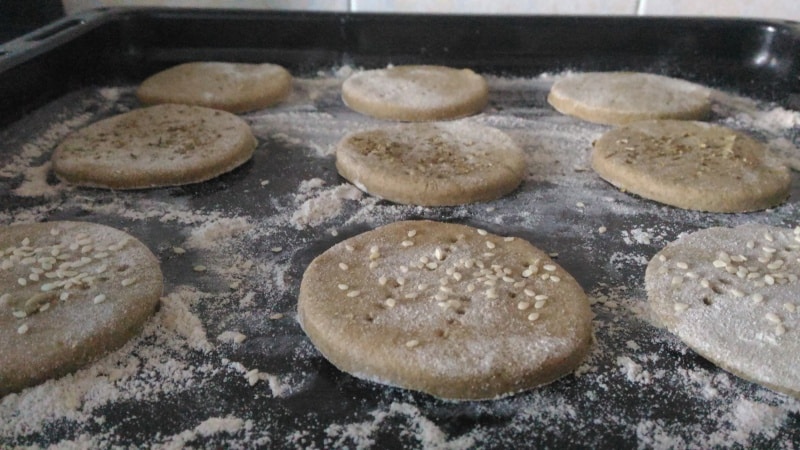
Rye flour makes delicious flatbreads that are served instead of bread.
Required Products:
- rye flour - 300 g;
- butter - 100 g;
- sour cream with fat content from 20% - 300 g;
- egg - 2 pcs.;
- salt - to taste.
Preparation procedure:
- Mix flour, softened butter and sour cream.
- Beat in the eggs and knead the dough. It should be tight. Add more flour if necessary.
- Roll out the flatbreads and fry in a hot frying pan with vegetable oil.
Similar rye flatbreads are called skants and can be used as edible plates.
Rye kvass
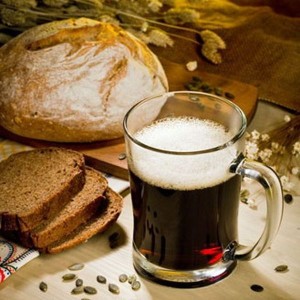
Homemade rye kvass quenches thirst well, tones up and is much healthier than store-bought juices and lemonades.
It's easy to do:
- Cut 200 g of rye bread into small pieces and dry in the oven.
- Pour the resulting crackers with two liters of boiled water and leave for 6-7 hours.
- Add 100 g of sugar, 5 g of dry yeast and leave the drink to cook for two days in a dark place.
Possible harm and contraindications
Rye products should not be consumed if:
- peptic ulcer of the stomach and intestines;
- increased acidity;
- exacerbations of gastrointestinal diseases;
- allergies to grain protein.
Read also:
Is gluten really that bad and is it found in rye?
Conclusion
Rye is a cereal that has been revered in Russia since ancient times. This unpretentious plant gives a rich harvest even in unfavorable weather.
Dishes made from rye are low-calorie, rich in vitamins and microelements, and therefore are used in therapeutic and dietary nutrition. Eating rye cereals stimulates weight loss, strengthens the immune system, supports the health of the cardiovascular system and has a beneficial effect on the body as a whole.